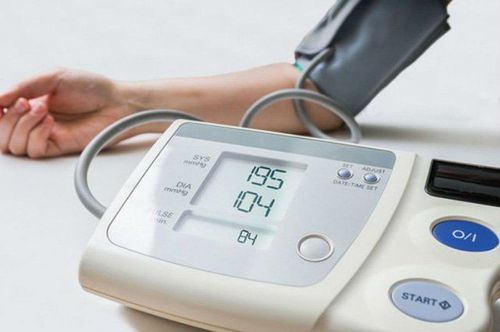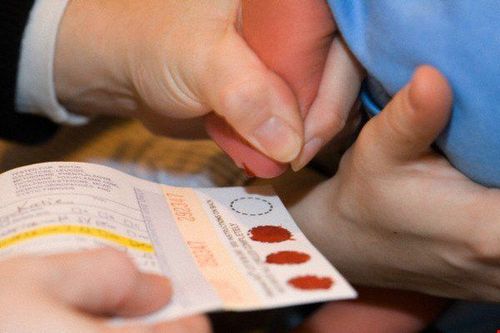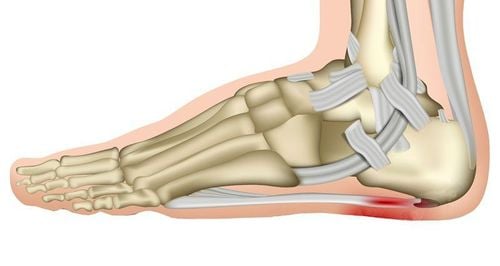Nội dung bạn đang tìm kiếm không có phiên bản tiếng Việt.
Vui lòng chọn tiếp tục để xem nội dung tiếng Anh hoặc đi đến trang chủ Tiếng Việt.
Rất xin lỗi về sự bất tiện này.

Home
Tag Take blood from the heel
Articles in Take blood from the heel

What is G6PD deficiency? Is it dangerous?
G6PD deficiency is one of the most common genetic diseases. Statistics show that there are up to 400 million people in the world with this disease. So what is G6PD deficiency? Is it dangerous and how should it be detected and treated?
Xem thêm

3 types of diseases are screened for newborns by blood test
Newborn screening is a program of routine testing for newborns to detect early endocrine and metabolic disorders that affect the health and physical and mental development of children. Below are 3 types of diseases that are screened for newborns by blood tests.
Xem thêm
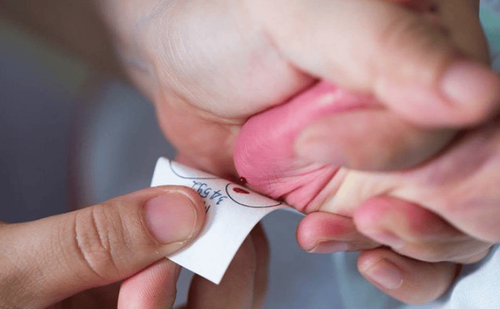
What disease can be detected by taking blood for the newborn's heel?
Performing postnatal screening 24-72 hours after birth by taking blood from the baby's heel helps doctors screen for certain genetic diseases and metabolic disorders in children, reducing the number of children with physical and mental retardation and many other diseases.
Xem thêm
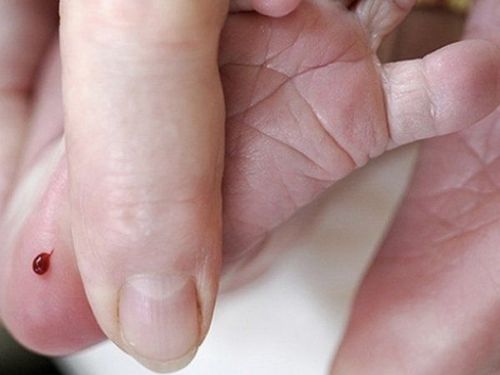
Heel blood collection is done at what time after birth?
Heel blood sampling is part of the newborn screening program for babies to detect early endocrine diseases and metabolic disorders that affect the health and physical and mental development of children. Especially dangerous diseases that are difficult to detect clinically at birth.
Xem thêm

Prenatal and newborn screening: What you need to know
Prenatal and newborn screening is a measure to help diagnose diseases caused by genetic disorders, thereby providing timely intervention and treatment, limiting the serious consequences caused by congenital malformations, reducing the number of disabled and mentally retarded people in the community, contributing to improving population quality.
Xem thêm

The milestones for antenatal check-ups that need to be screened for fetal malformations
Prenatal screening is the use of specific testing methods during pregnancy to diagnose cases of genetic chromosomal disorders in the fetus such as Down syndrome (trisomy 13), Edwards syndrome (trisomy 18) and neural tube defects... So at what week are prenatal screening milestones performed?
Xem thêm

Low birth weight children: At what time is heel blood drawn, newborn screening?
Taking blood from the heel and screening newborns within the first 48 hours after birth will help detect birth defects early, preventing serious consequences of birth defects for children.
Xem thêm

Benefits of newborn screening
Newborn screening aims to proactively detect, intervene and treat early diseases, metabolic and genetic disorders during the fetal and neonatal stages. The benefits of newborn screening are to help children develop normally and reduce the number of people with disabilities and intellectual disabilities.
Xem thêm
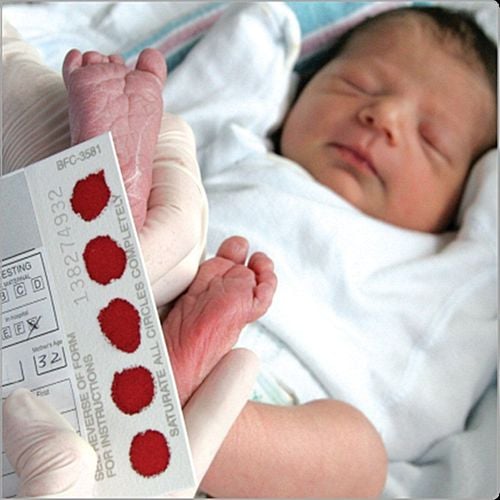
Diagnostic indicators of congenital hypothyroidism
Congenital hypothyroidism is defined as a significant reduction or loss of thyroid function in a newborn baby, affecting the child's growth, physical and mental development. However, if detected and treated early, the child will have the opportunity to develop normally and healthily.
Xem thêm

G6PD deficiency: The disease can be detected by newborn screening
G6PD deficiency is a fairly common genetic enzyme disorder in humans. G6PD deficiency can lead to hemolysis, jaundice, yellow eyes and kidney failure. Newborn screening plays an extremely important role in early detection of the disease for active and effective treatment.
Xem thêm
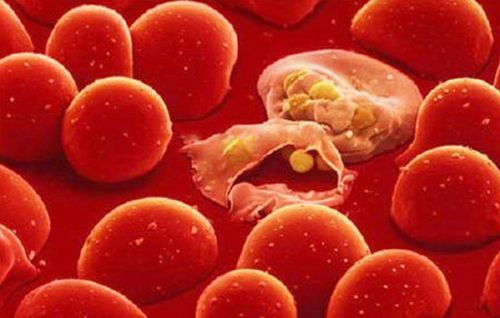
Things to know about G6PD enzyme deficiency disease
G6PD (Glucose-6-phosphate dehydrogenase) enzyme deficiency is a common disease in humans. Currently, there are about 400 million people in the world with the disease, South Asia is the region with a relatively high incidence rate of 3-5%.
Xem thêm







